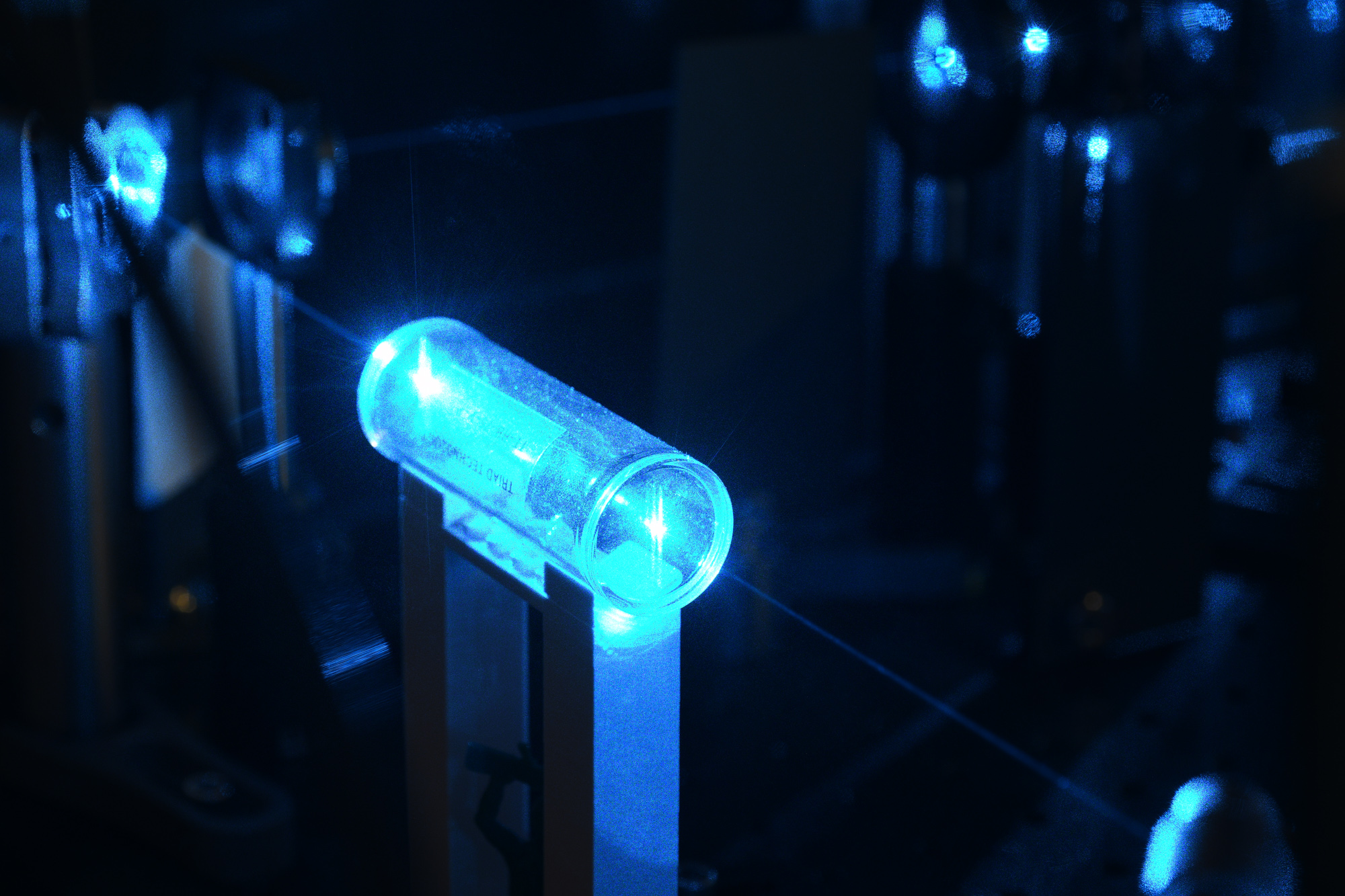
In radio frequency technologies, the Chu Limit presents a significant challenge for small antennas, particularly at low frequencies where their performance is constrained. Researchers at the DEVCOM Army Research Laboratory and Mitre Corporation have discovered a potential solution to this problem using quantum receivers. Their study titled "Performance of Antenna-based and Rydberg Quantum RF Sensors in the Electrically Small Regime” recently published in Applied Physics Letters is first systematic comparison between Rydberg quantum sensors and small antennas at frequencies below 100 MHz, where the Chu limit is most daunting. In general, Rydberg atoms—atoms with one highly excited electron-- are capable of detecting very weak radio frequency signals across a broad frequency range, from near zero Hertz up to above 1 TeraHertz. The Army Research Laboratory and Mitre team have shown that Rydberg quantum receivers are promising technology for a wide range of capabilities including multi-tone reception and spectrum analysis. While current Rydberg sensors are less sensitive than some advanced antennas, their new study reveals that, under ideal conditions, they could surpass these antennas in performance. This advancement holds promise for applications where small size and high sensitivity are crucial, potentially improving our ability to measure faint signals in various environments throughout the entire RF spectrum.